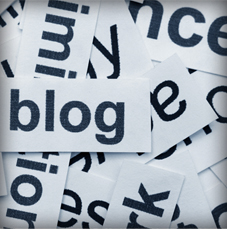



WORDS TO
THE WISE
Managing the Chaos: Top Media Outlets Define Boundaries for Social Media Savvy Journalists
11.05.09
The divide between media outlets continues to grow over social media policies and guidelines. Understandably so. It is difficult for many to navigate the ever-changing and chaotic social networking waters. And, it isn’t getting easier anytime soon.
On September 25, The Washington Post distributed its new social networking guidelines to its staffers, which included restrictions on the use of Facebook and Twitter. The Post’s underlying concern was that the opinion-saturated nature of social media does not mix well with the intended neutrality of a reporter’s job.
While reactions to The Post’s new policies were mixed, many wondered whether this was another traditional newspaper being overly stressed about staffers expressing personal opinions.
On one hand, employees need rules and guidelines. On the other, why not proactively conduct social media workshops and training sessions, helping reporters use readily available tools to engage readers and take their reporting to new, heightened levels – especially when covering breaking news? Maybe it’s fear. The fear of not knowing … not being able to fully manage the ambiguity associated with communicating via social media mechanisms. Many of us are thinking along these lines. It would be interesting to know how media outlets, companies and professionals in various industries are dealing with this sort of apprehension. And, with what sort of outcomes?
On October 15, NPR took a different route from The Post when distributing a set of tailored social media guidelines to members of their News Division. The company indicated that social networking sites are valuable newsgathering and reporting tools when a common-sense approach is applied. Additionally, NPR encouraged staffers to get out there and connect with audiences via social media. NPR’s new rules were more flexible than The Post’s, but only time will tell which outlet has a better strategy. What do you predict?
Regardless of the outcome, it might be a good idea for media outlets to provide ongoing guidance about how to use social media sites, especially considering their pivotal role as information gatekeepers. Many members of the media appreciated the guidelines, indicating that navigating the personal and professional blending that occurs through social media isn’t always easy.
We’re all starting to think more about the potential ramifications of what we say, write, publish, print, Tweet, post, blog or e-mail, and that’s a good thing. We’ll have to wait and see how this plays out in the media world, but in the meantime: What employee policies and practices do you think companies should institute when it comes to social media?
